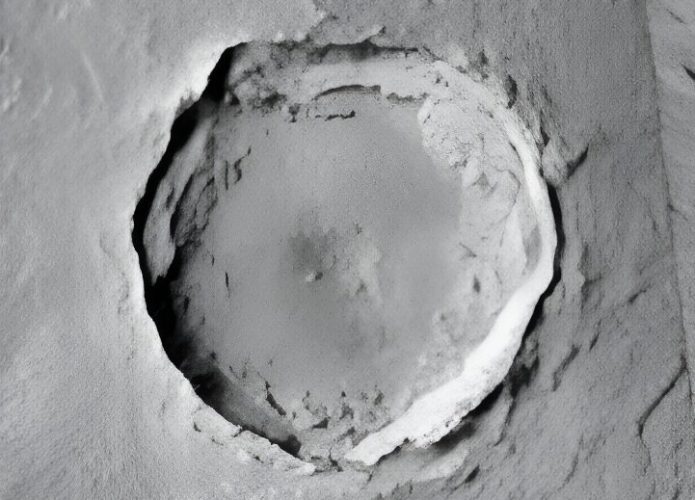When we think of a large asteroid impact, we usually imagine one giant crater. This is partly true, as a huge hole in the ground is usually created by the impact. However, he is not alone, and the effects can be much more devastating than often imagined. At least that's what Mars indicates.
what do you want to know?
- The hole discovered on Mars contains thousands of “children”;
- These other craters are the result of material expelled by the main impact;
- The length of the impacts is approximately two thousand kilometers.
- This makes this crater the largest aftershock ever seen on Mars.
What happens is a kind of rebound effect. The asteroid collides with Earth at absurd speed, creating a huge crater and shattering it into thousands of pieces. These parts, along with tons of material extracted from the Earth, are thrown back with such force that they return to the atmosphere and fall back to Earth, generating more craters. With information from Science Alert.
Read more:
A study released at the 55th Annual Lunar and Planetary Science Conference in Texas analyzed such an impact on Mars. This is because the Red Planet has more visible craters on the surface than our planet. The reasons for this are multiple. Mars is a desert, which makes craters visible for a longer period. The Earth, in addition to vegetation, is mostly covered by water and also has tectonic activity.
Impact crater on Mars has a record
What caught scientists' attention is precisely the fact that Mars has more craters than it should, considering the number of asteroids that usually fall there. Most of this damage was caused by after impacts.
These effects may seem insignificant, but one large impact crater on Mars created more than two billion smaller craters about 2,000 kilometers away.
The main crater is Corinth, located 17 degrees north of the planet's equator, in an area called Elysium Planitia. It is likely about 2.34 million years old, which is very young by Martian standards.
The crater is approximately 14 kilometers in diameter and 1 kilometer deep. Its inner basin is marked by other, smaller craters that suffered from its impact. The most interesting thing about it is what scientists call “rays”. These “rays” are other craters formed from the central impact point, which can be seen on a map of the planet's surface to this day.
To be able to map these impacts, which occurred thousands of years ago, scientists used data collected by HiRISE and the Context Camera (CTX) on the Mars Reconnaissance Orbiter (MRO) and analyzed the characteristics of smaller craters around the main crater Corinto. In particular, they looked for craters that appeared to be caused by projectiles rather than by interplanetary impacts.
The conclusion is that there are 2 billion secondary impact craters larger than 10 meters caused by ejecta from Corinth, which amounts to 1,850 km, making this the largest distance for ejecta from a Martian crater, at least to our knowledge.

“Hardcore beer fanatic. Falls down a lot. Professional coffee fan. Music ninja.”


![[VÍDEO] Elton John’s final show in the UK has the crowd moving](https://www.tupi.fm/wp-content/uploads/2023/06/Elton-John-1-690x600.jpg)



More Stories
The Director of Ibict receives the Coordinator of CESU-PI – Brazilian Institute for Information in Science and Technology
A doctor who spreads fake news about breast cancer is registered with the CRM of Minas
The program offers scholarships to women in the field of science and technology